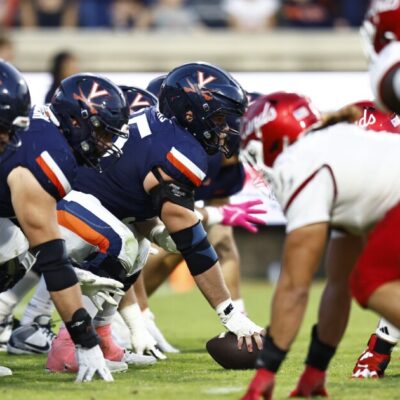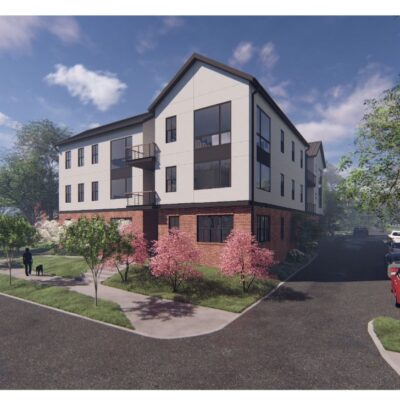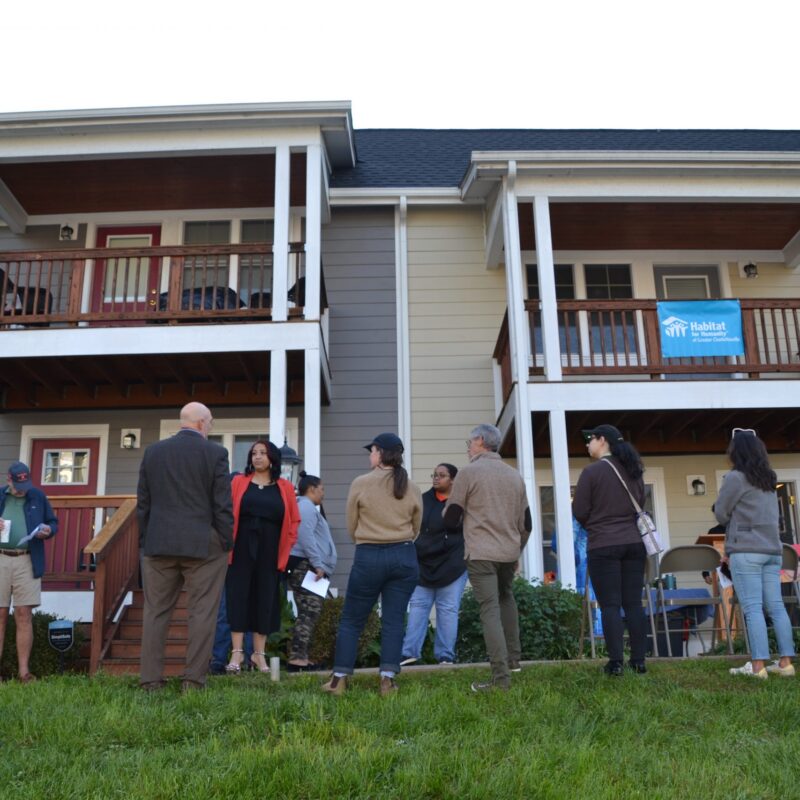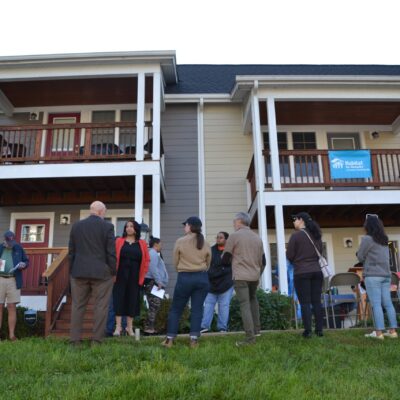Dear Ace: Forgive me, Professor Atkins, but my American history is spotty. Basics I got. Jefferson? Check. Madison? Yeah, yeah, yeah. Monroe? Old news. But what about this Claudius Crozet I’ve been hearing about? With a town (and a pizza joint!) named for him, he must have been someone pretty special. But special how, when and where?—John Doan Know

John: Take the first clue regarding the personal history of one Claudius Crozet: As we oh-so-continental locals know, “Crozet” is pronounced “Crow-zay” and not “Crow-zette," indicating a connection to which country? Oui, mes étudiants adorables, vous avez raison! Monsieur Claudius Crozet était francais!
 Claudius Crozet |
To find out about ol’ Claude, Ace took a trip to the good ol’ Albemarle-Charlottesville Historical Society to dig through their copious articles and clippings. Here’s what he found: An engineer who worked as a bridge builder for Napoleon before spending time as a prisoner of war thanks to wee winkie Bonaparte’s ill-fated Russian outing, Crozet arrived in the old Etats-Unis in 1816. Upon arrival, he took a teaching post at West Point, where he wrote his own English language textbooks and introduced a new-fangled device called a “blackboard and chalk” to the military academy’s teaching methods.
Monsieur, however, soon found that the wilds of New York State did not agree with his Parisian proclivities. The solution? Relocate to that center of early American culture, Richmond, Virginia. Crozet accepted the post of Virginia’s state engineer in 1823 where, despite his many recommendations, no one ever listened to him. One of his unheeded suggestions was a route from Covington to Richmond. A hundred years later engineers made this exact route when they built Interstate 64. L’Assembly Generale de 1830 étaitent vraiment des idiotes!
To teach his political rivals a lesson, Crozet up and left for Louisiana and his fellow Frenchies in 1831. But Virginia came crawling back to their spurned genius in 1837 and Crozet re-accepted his post as Virginia’s principal engineer. Back in Dixie, Crozet began work on his masterpiece: four railroad tunnels chartered by the Blue Ridge Railroad Company. These included the 100’ Little Rock Tunnel, the 538’ Greenwood Tunnel, the 869’ Brookville Tunnel, and the 4,224’ Blue Ridge Tunnel.
Completed in 1856, the Blue Ridge Tunnel was the longest railroad tunnel in the world at the time. It snakes through Afton Mountain, with one end just outside of Waynesboro and the other outside of Afton. After 86 years of opening wide for trains, the tunnel closed in 1944.
It was while Crozet was working on this feat of pre-dynamite engineering that he lived in a little town 15 miles to the west of Charlottesville. Guess which town, John, and Professor Atkins dit que tu as fait très bien!





